There’re times when it makes no sense to use top-notch cinema cameras. For instance, shooting in an ultra harsh environment like CBS’ Survivor. However, you still want it to look cinematic. In that case, the production has chosen the Sony Z750 4K HDR for the job. Expect a lifted look & feel in season 43.
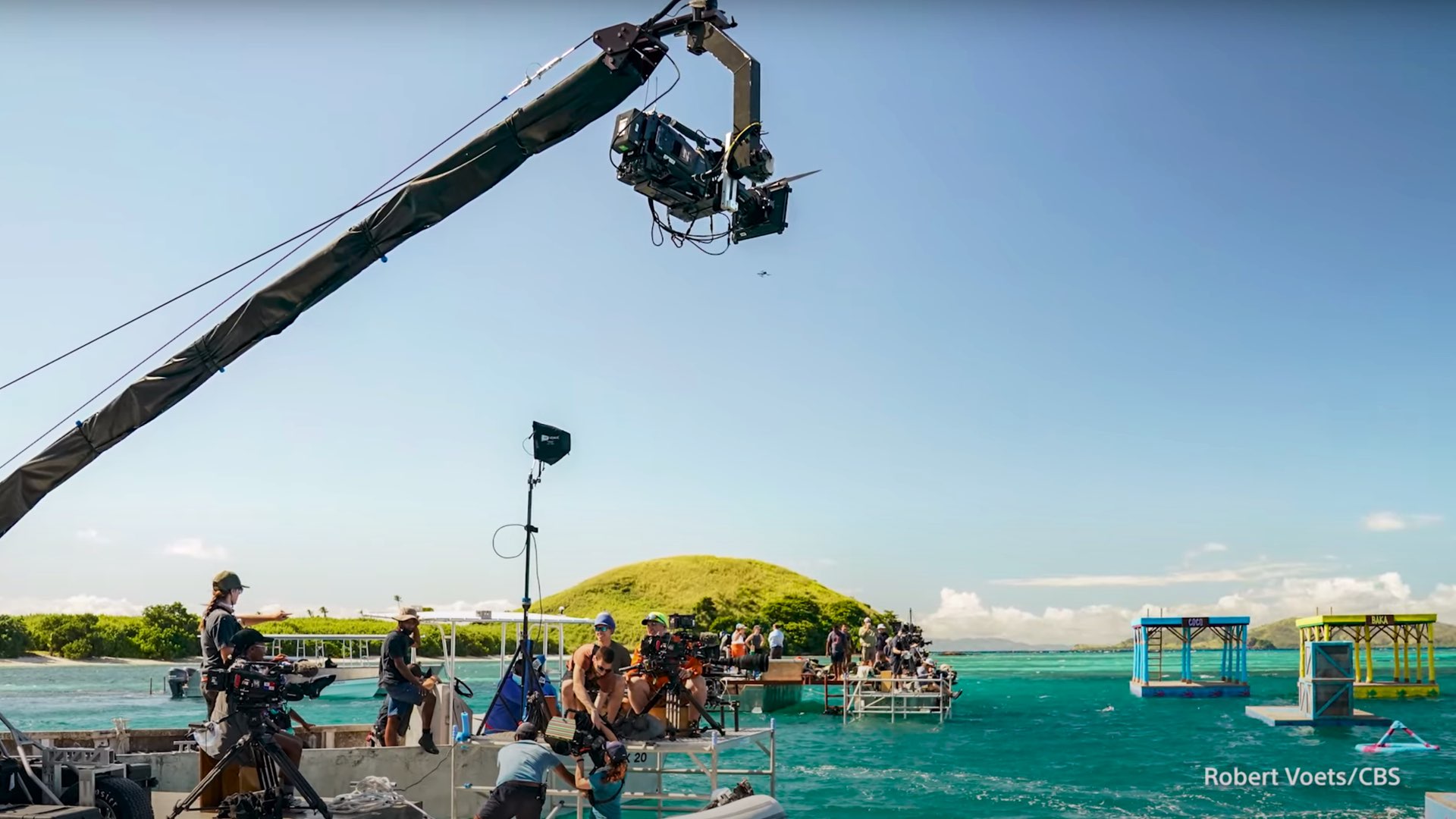
Sony Z750 4K
The Sony Z750 4K camera is not new (was announced in September 2019). The camera is basically a shoulder-mount broadcast camcorder that features a 3-chip 2/3″ CMOS sensor that records up to UHD 4K, 3840 x 2160p resolution. Moreover, it features a global shutter to prevent artifacts such as “jello” motion and flash banding. It provides a compatible feature set for broadcast, news, documentary, and sports programming. The 3-chip sensor optical block with a wide color gamut provides exquisite picture quality with true-to-life color reproduction, high sensitivity, and low noise level for a wide range of shooting scenarios. Also, the PXW-Z750 can record HDR using Sony S-Log3 or Hybrid Log Gamma (HLG). The camera’s wide color gamut supports extended Sony S-Gamut3 and S-Gamut3. Cine color spaces, as well as the industry-standard ITU-R BT.2020 color space. The PXW-Z750 specifies dynamic range in percentage, which is 1300% in HDR mode (no idea how much is in true stops).
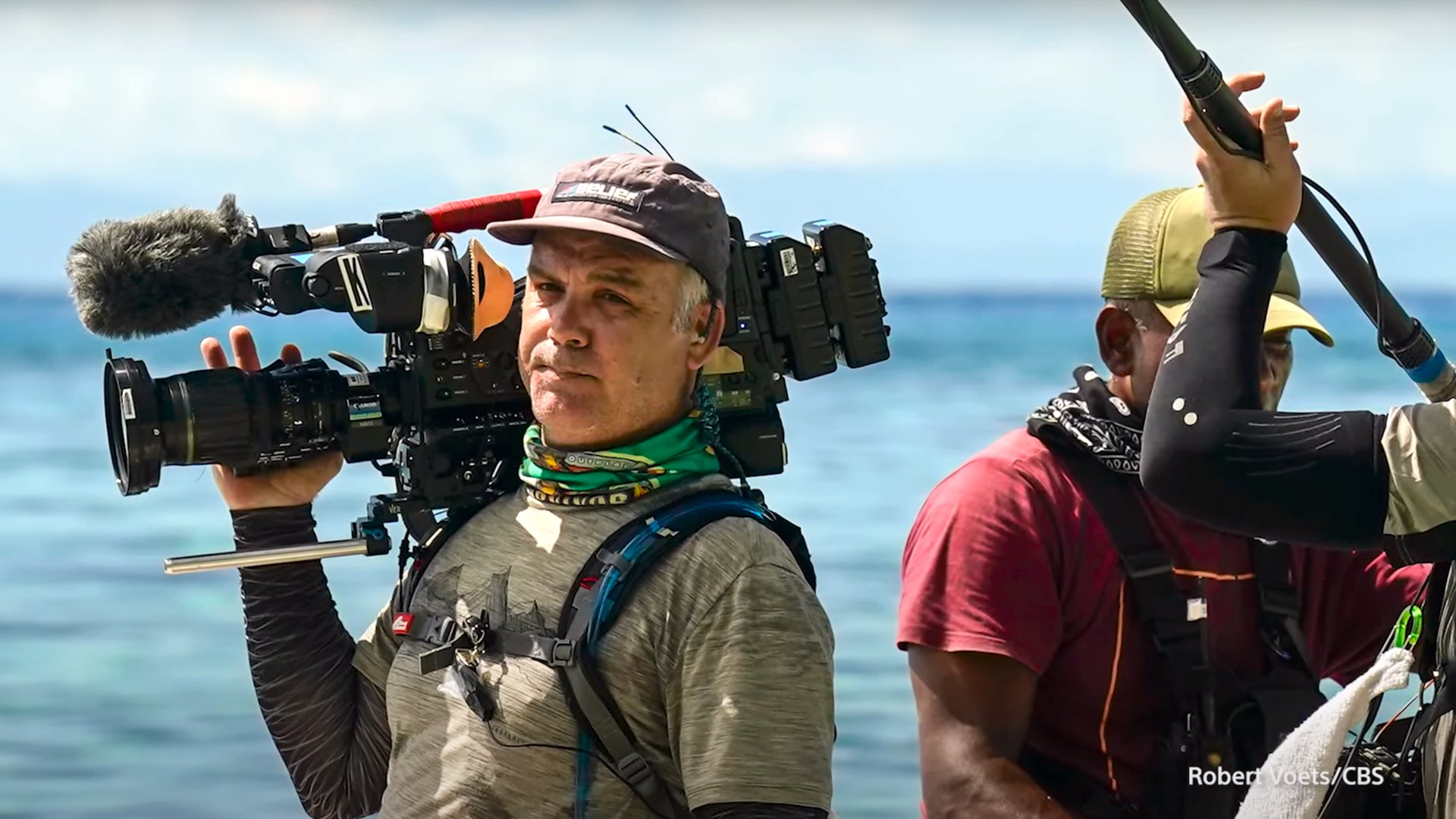
The camera of the new season of Survivor
Sony has been a part of CBS’ Survivor production from the start. In the upcoming new season (no. 43), the production has utilized the Z750. John Heard, Co-Executive Producer and Post Producer shares with us how the PXW-Z750 4K HDR shoulder mount camcorder played a pivotal role in their HDR-ready production of the new season (premiering Sept. 21).
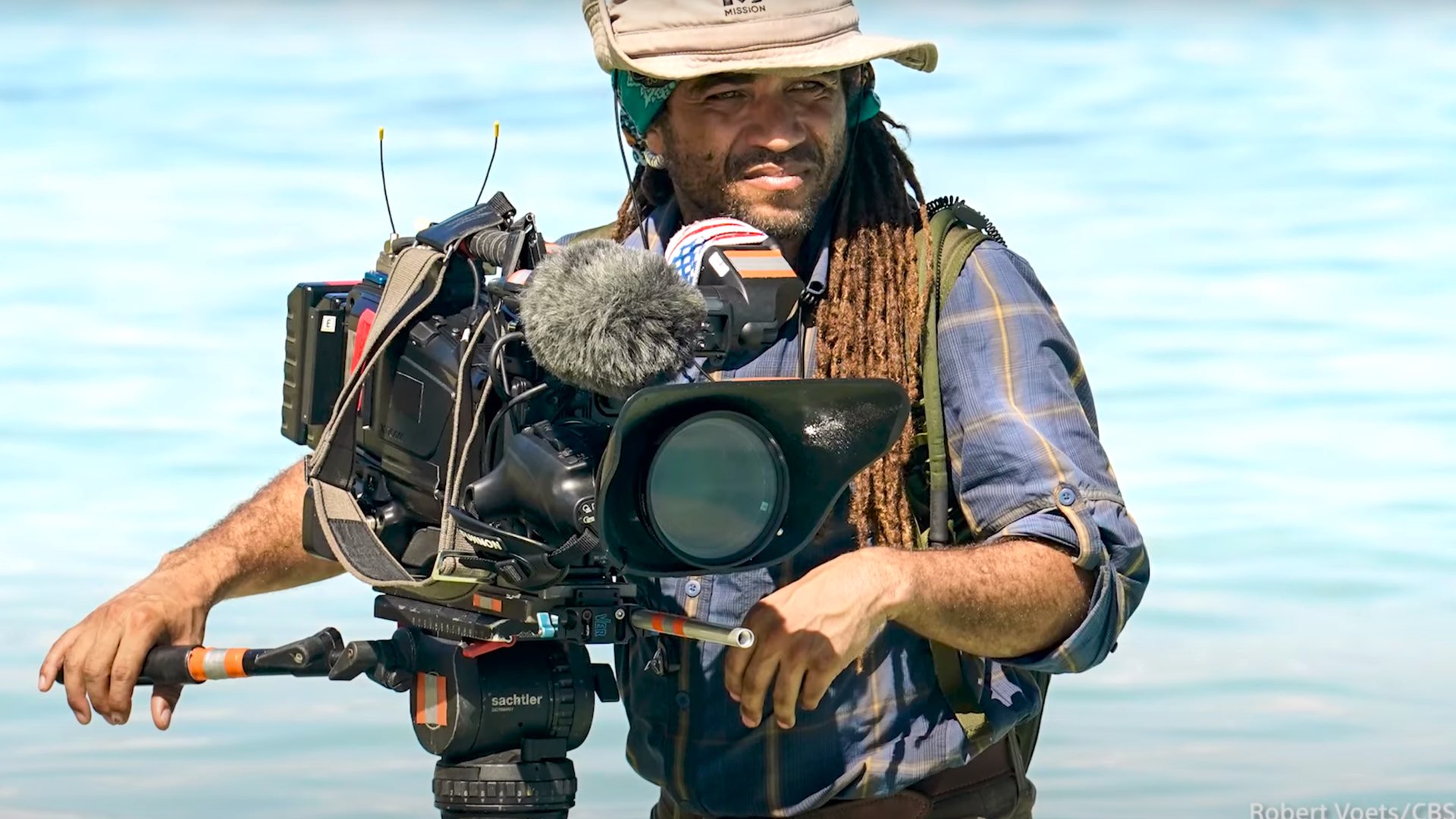
In a reality show like Survivor, the production needs to handle thousands of thousands of hours of footage.
John Heard, Co-Executive Producer and Post Producer of CBS’ Survivor
Shooting thousands of footage
As John states: “In a reality show like Survivor, the production needs to handle thousands of thousands of hours of footage”. Moreover, that shooting environment is harsh. Thus, a super robust dedicated camera system must be used. It’s very challenging to use cinema cameras in that kind of project, and besides, it won’t be cost-effective in many aspects. “It’s important to have something robust..something that you could grab a handle and throw it down at the sand and get the shot that you needed. Something that you could easily cover when the storm came in, and still continue to acquire the footage. The camera operators stood in the rain and captured that footage” John says. As you understand, that would be very complicated to accomplish by utilizing cinema cameras per se.
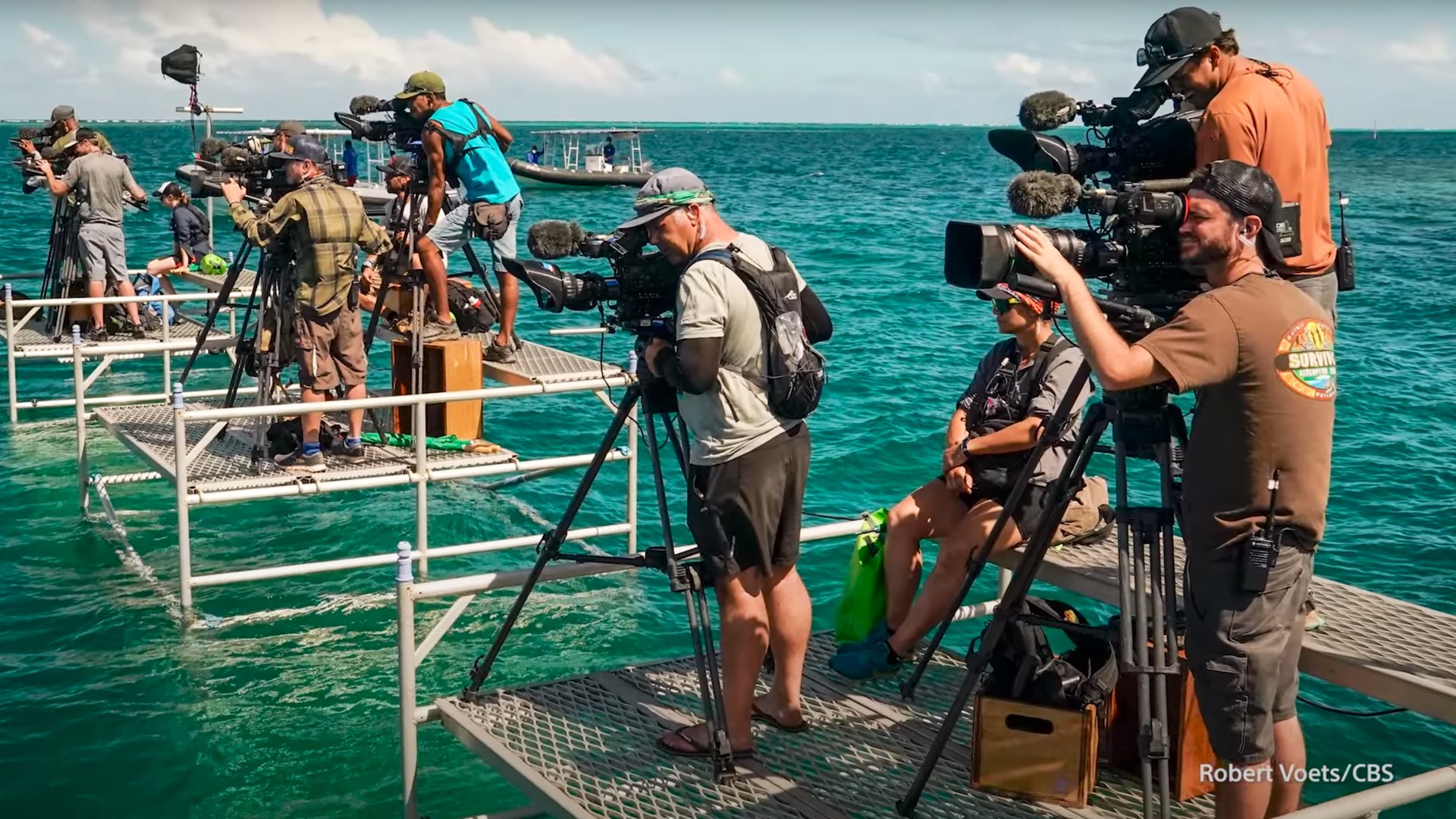
The camera operators stood in the rain and captured that footage.
John Heard, Co-Executive Producer and Post Producer of CBS’ Survivor
The advantages of 3-chip design
According to John, the 3-chip design has allowed extra sensitivity when shooting at night with no lighting. It also helped in shooting IR on completely dark nights. Furthermore, this season, the production had the privilege to move to S-Log workflow. “We’ve been shooting the show since the beginning in Rec.709. Thus, we wanted that our colorists have more control, but we wanted to set up everything for the possibility of future HDR and Dolby Vision color grades. So shooting XAVC 10 bit gave us that” John adds.
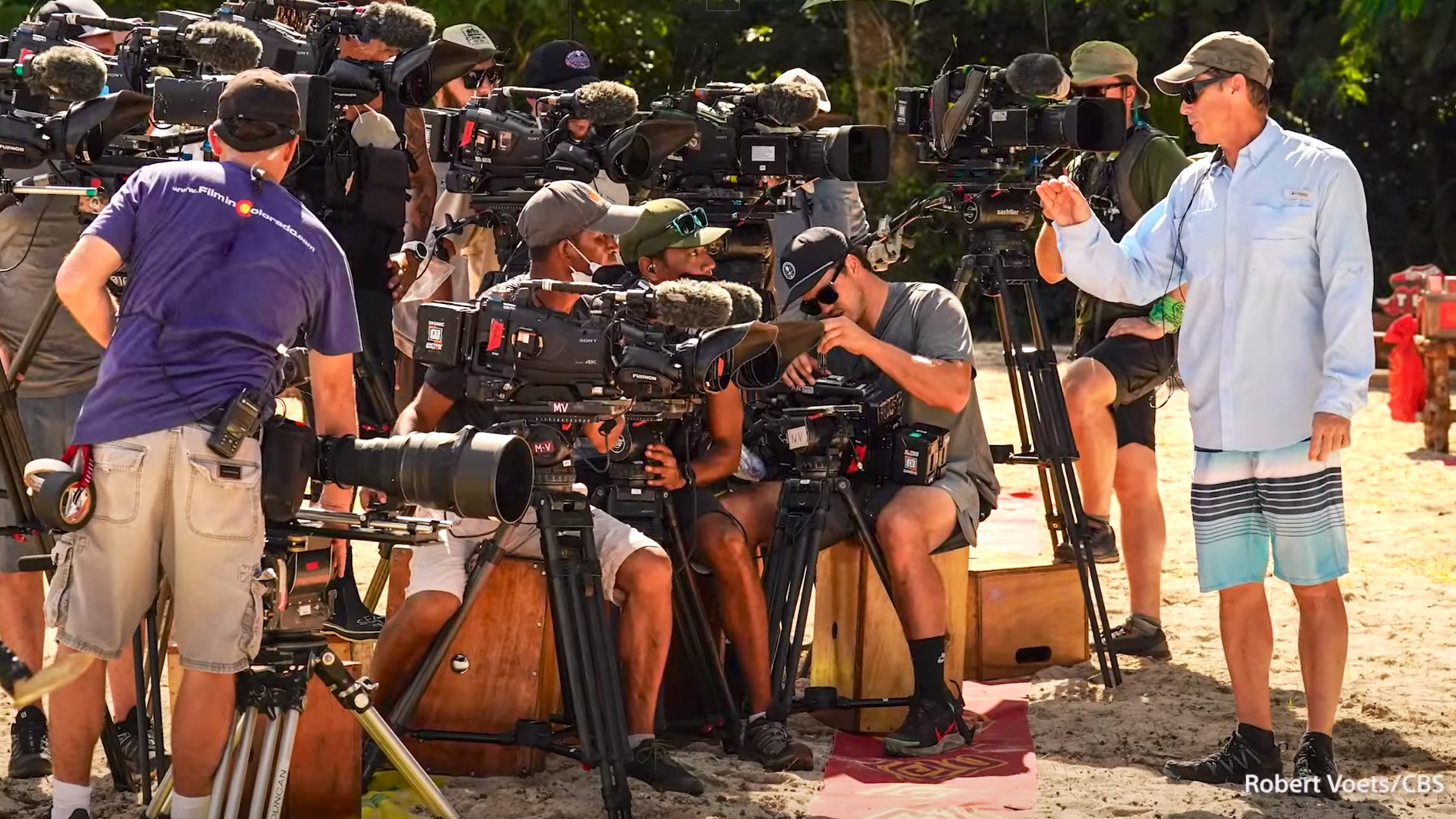
We’ve been shooting the show since the beginning in Rec.709. Thus, we wanted that our colorists have more control, but we wanted to set up everything for the possibility of future HDR and Dolby Vision color grades.
John Heard, Co-Executive Producer and Post Producer of CBS’ Survivor
Watch the ‘Survivor 43’ trailer below:
Closing thoughts
Of course, the project could look much more cinematic by using cinema cameras instead of camcorders. However, we don’t think it would be practical when counting this special ecosystem of production. Imagine operating a RED or an ARRI in these harsh and tough shooting conditions, plus numerous amounts of footage, in unknown and unplanned reality scenarios. Is it possible? It might. Will the footage look better? Definitely! Nevertheless, it wouldn’t be a smart thing to do. Camcorders like Z750 4K were born into these situations. Do you think differently? Feel free to throw your thoughts below.
Get the best gift for filmmakers!
Y.M.CINEMA 65 – Stainless steel art piece of 65mm motion picture camera: BUY on YMCinema


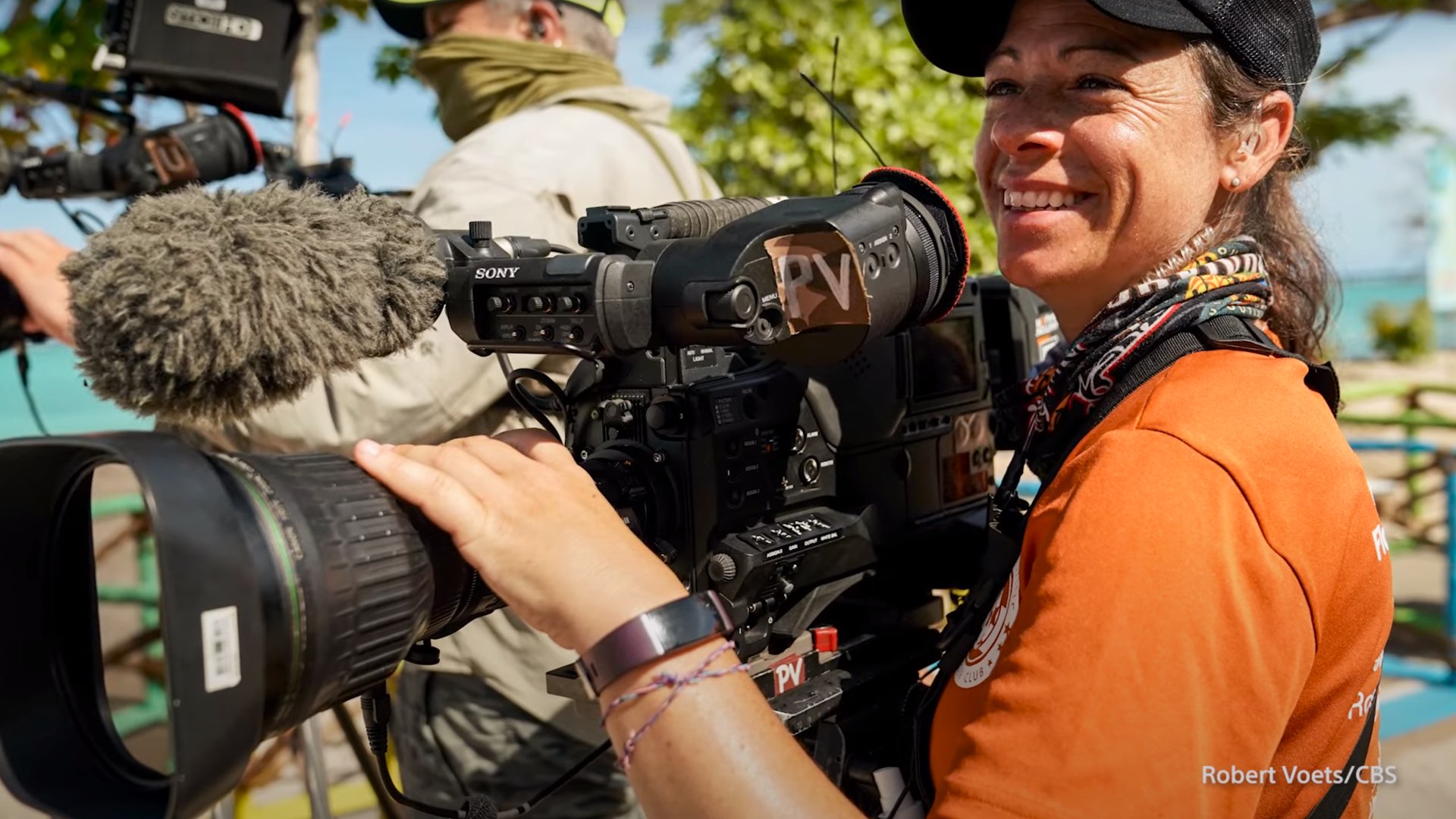
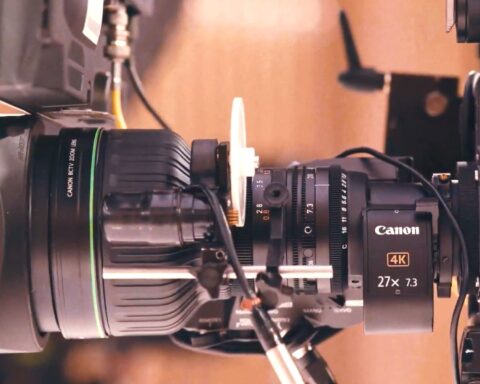
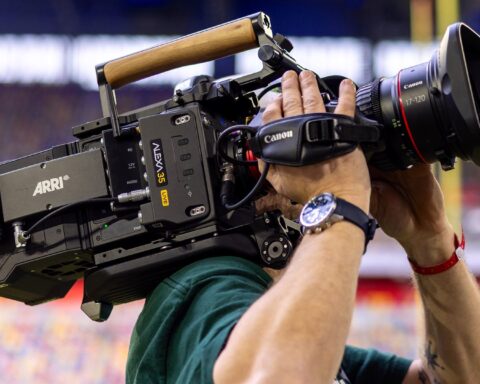

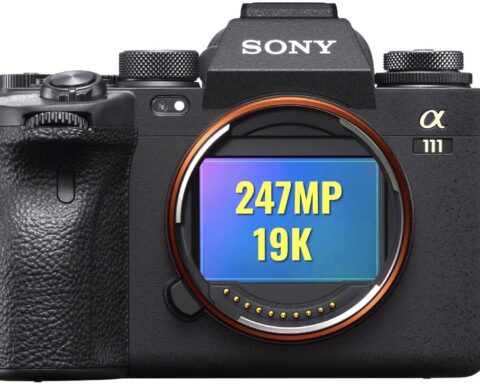
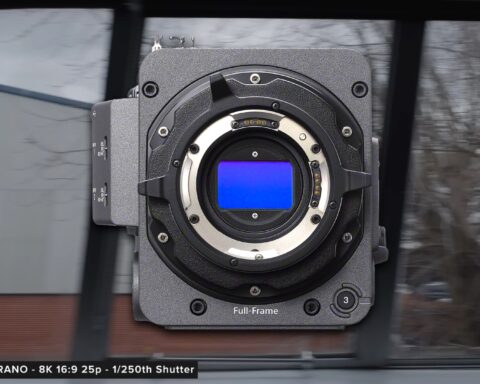


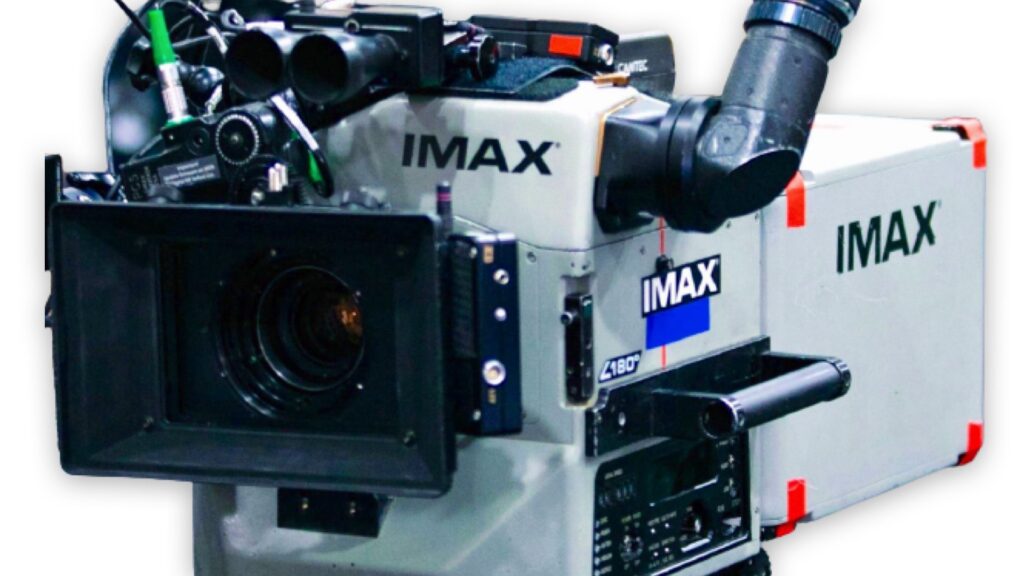
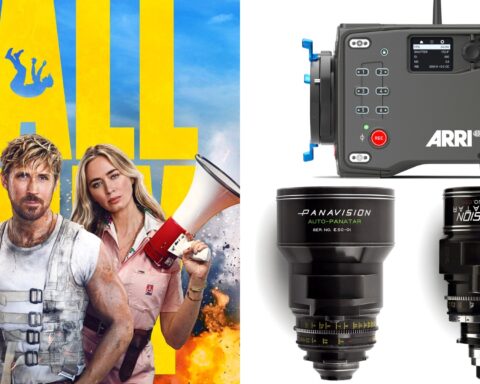
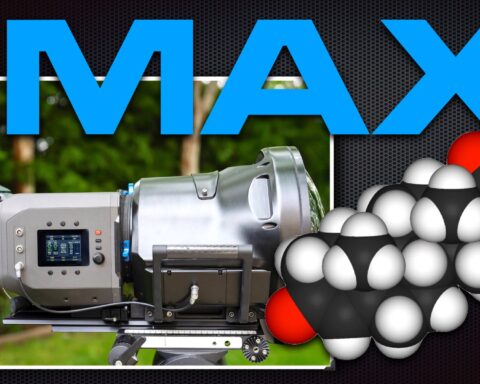


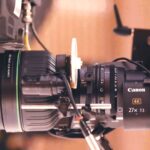

The show Survivor ALWAYS looked amazing and I cannot imagine the challenges the amount of footage represents. That must be an interesting workflow; which is something I have always been curious of. With that said, the show is looking better than ever! I can’t wait to see it in HDR and Dolby Vision!
Where can I see survivor in 4k